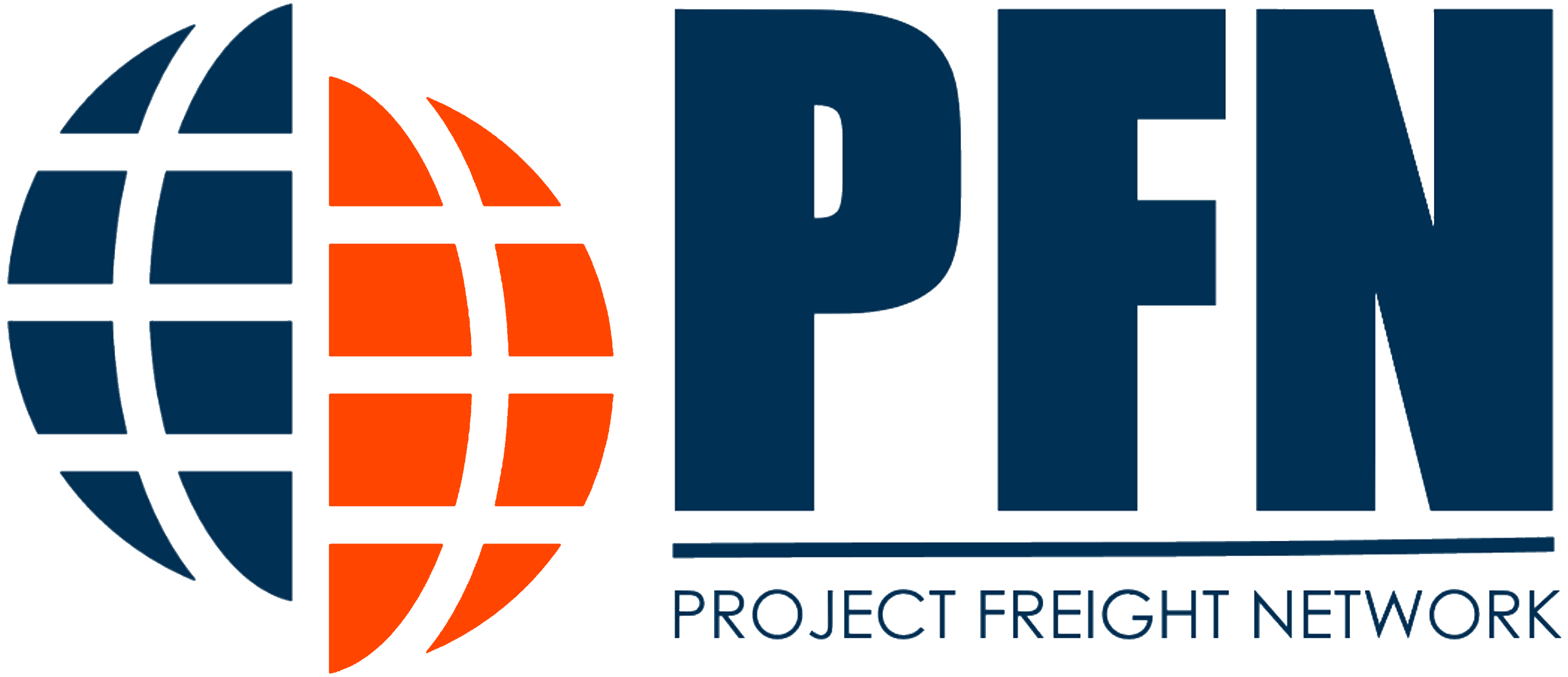By now, the logistics industry has been in turmoil for well over a year with no relief in sight as prices for freight continue to rise and capacity issues only seem to get worse. Logistics is an industry that is rather obscure and non-transparent to most people, but it has reached the mainstream spotlight as the current problems cause real bottlenecks for manufacturing and for people’s everyday lives.
The heart of the issue lies in the increasing costs associated with freight and logistics. Basic freight and value-added service costs make up the bulk of the pricing. The basic freight rate includes a pick-up fee, a transit fee, and a delivery fee, among other things. Insurance, information services, and other value-added services are examples of value-added services that will be selected by default. In addition, personnel expenses, site costs, transportation costs, and other cost elements are considered by logistics companies when determining price.
Pricing strategy refers to the approach adopted by the seller in determining their market pricing. The simplest pricing strategy is cost-plus pricing, which involves calculating costs and adding on a margin for profit. However, as the identification of product or service costs involves multiple choices, such as the way in which overheads are apportioned, even this approach is not as simple as it may seem.
There are many other pricing strategies, from penetration pricing, loss leader pricing, predatory pricing, target pricing, marginal cost pricing to ‘freemium’ pricing. All these examples are discounted pricing strategies and may be used at different times in the product or service life cycle. Premium pricing strategies may include skimming, value-based pricing, and total absorption pricing.
A 2012 global pricing strategy study conducted by the strategy and marketing consulting company Simon-Kucher and Partners shows successful freight and logistics businesses share similar pricing-strategy characteristics. Most importantly, successful businesses charge prices that reflect the value of their products and services. According to study results, logistics companies with reflective pricing strategies achieve profit margins about 17 percent higher than competing businesses. Additionally, successful logistics businesses commit to creating effective pricing strategies while also implementing strict guidelines that ensure salespeople can’t adjust prices to meet sales quotas.
Logistics pricing strategies are less developed than in other industries. The development of more complicated techniques has been hampered by fragmentation and a historically low level of digitalization. Recent developments in data infrastructure, on the other hand, have created an opportunity for a more thorough price reform.
Rethinking the pricing cycle could be the most profitable lever in the logistics industry. Logistics companies who modify their pricing could see a 2 to 4 percent rise in revenue, resulting in a 30 to 60 percent increase in operational profit. However, reaching this profit potential necessitates a pricing plan that covers the full pricing cycle.





